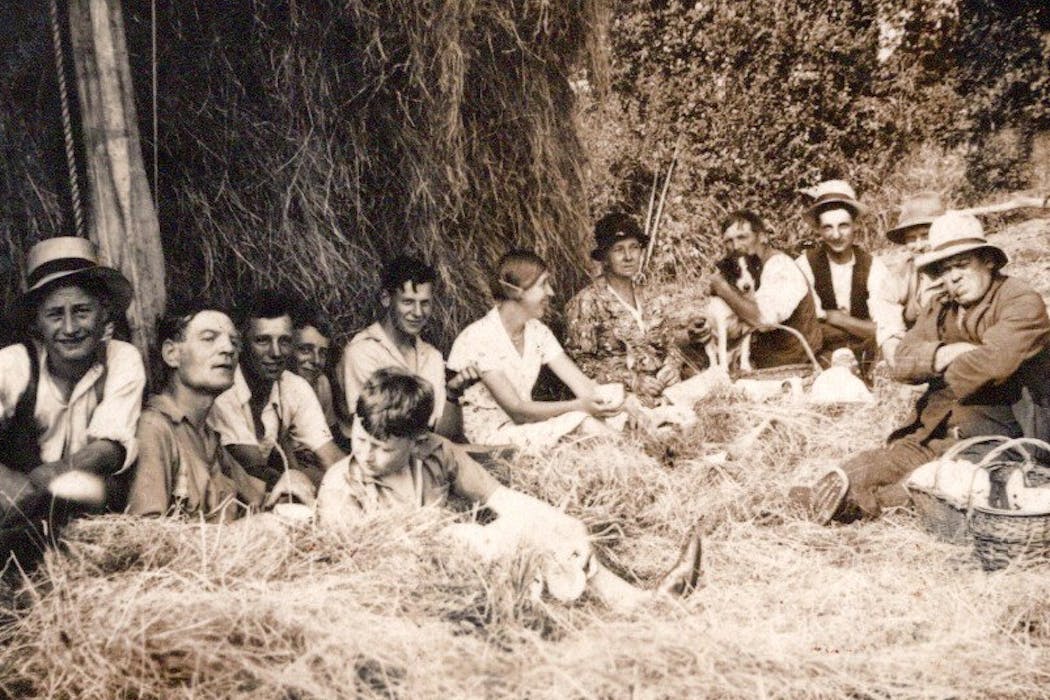Source: The Conversation – UK – By Daniel Hutton Ferris, Lecturer in Political Theory and Philosophy, Newcastle University
Zohran Mamdani, a 34-year-old democratic socialist, has been elected as New York City’s mayor. He became the first New York mayoral candidate to win more than 1 million votes since 1969, and looks set to secure over 50% of the total vote.
With almost all of the votes counted, independent candidate Andrew Cuomo seems to have been backed by 41.6% of voters. Republican Curtis Sliwa has secured just 7%.
Mamdani, who has become New York City’s first Muslim mayor, swept to victory on what was characterised as a radical left-wing platform. He has promised to tax millionaires more in order to fund free buses and childcare for all.
He has also vowed to honour an International Criminal Court arrest warrant for the Israeli prime minister, Benjamin Netanyahu, over alleged war crimes in Gaza if he visits New York. The Israeli foreign ministry has previously called Mamdani a “mouthpiece for Hamas propaganda”.
How did a figure on the far left of American politics, who is also a staunch critic of Israel, win in a city that is full of millionaires and home to a sizeable Jewish population?
The corruption and sexual harassment scandals affecting his main rival certainly helped, as did the focus of his campaign on making life more affordable for New Yorkers. Mamdani’s presence on social media raised his profile and attracted voters, too.
He posted slick videos on TikTok and Instagram throughout his campaign, including one where he criticised the rent increases seen under outgoing mayor Eric Adams while running the New York City marathon.
But journalists and commentators have noticed something else that has helped boost Mamdani’s appeal among New Yorkers. He has what the New York Times called in July “a rare talent for listening”.
Mamdani is unusually reflective in interviews, often thinking silently for more than 20 seconds before responding to questions. And after his successful primary earlier in 2025, Mamdani contacted every business and cultural leader in the city he could get hold of to hear about why they opposed him.
The viral campaign videos that made his name also see him walking the streets of New York, asking voters questions and listening to their answers at length without interruption. Mamdani may be a radical, but he really listens.
Talking to voters
Democratic theorists are likely to celebrate Mamdani’s approach. Many philosophers embrace what is known as the “deliberative theory of democracy”, which argues that talking – as opposed to voting – is the central democratic institution.
These people suggest that politicians should talk to a diverse range of voters respectfully about their decisions. Listening to diverse perspectives improves policy because it requires leaders to consider a range of ideas and arguments, relying less on their own gut intuitions.
As a respectful and inclusive political style, it can also help citizens feel heard and challenge the idea that politicians are interested only in power and will say whatever it takes to win. A more deliberative kind of responsiveness to voters can therefore increase political legitimacy and trust.
Political scientists are likely to point out that Mamdani has an important strategic reason for his deliberative political style. New York City uses a system of ranked choice voting, or “the alternative vote”, which asks voters to rank candidates in order of their preference rather than choosing just one.
This encourages politicians to find policy proposals that are supported by large majorities, such as taxing millionaires to pay for free childcare, and to communicate respectfully with people of all political persuasions in the hope they might win their second-preference votes.
Larry Diamond, a leading American democracy expert, has called ranked choice voting the “Archimedean lever of change” for solving the deep polarisation currently affecting US politics. This is because it penalises candidates who rely on divisive rhetoric to appeal to a passionate base of supporters.
They are unlikely to win second-preference votes from people whose first preference is for one of their rivals. Conversely, ranked choice voting rewards politicians who try to bridge political divides with respectful and inclusive campaigning.
Depolarising US politics
There are many lessons that the political left in the US and beyond can learn from Mamdani’s victory. Most obviously, it shows that a socialist and pro-Palestine candidate can win in a major US electoral contest by combining a lively digital campaign with a strong focus on the cost of living.
It also suggests that candidates perceived as being radical are more likely to succeed in elections when they are visibly willing to listen to and deliberate with voters from all sorts of backgrounds.
Mamdani’s rise should also encourage a wider embrace of ranked choice voting. The system has been used to elect members of Australia’s House of Representatives for more than a century and it is now used in the US states of Maine and Alaska, as well as in the San Francisco Bay Area.
It should be adopted elsewhere too, as an antidote to political polarisation. The UK held a referendum on changing the electoral system to the alternative vote in 2011. However, UK voters unfortunately rejected the proposal.
Finally, Mamdani’s victory shows that radicalism and reflectiveness can come together, especially when the electoral system promotes it. Ranked choice voting is so good at encouraging a politics of respect and listening that it is sometimes accused of creating boring centrist candidates.
But Mamdani has reminded us that this does not have to be the case. Reforming US election systems could encourage deliberative responsiveness and depolarise American politics, without taking radical options off the menu.
![]()
Daniel Hutton Ferris does not work for, consult, own shares in or receive funding from any company or organisation that would benefit from this article, and has disclosed no relevant affiliations beyond their academic appointment.
– ref. How Zohran Mamdani’s ‘talent for listening’ spurred him to victory in the New York mayoral election – https://theconversation.com/how-zohran-mamdanis-talent-for-listening-spurred-him-to-victory-in-the-new-york-mayoral-election-268950










